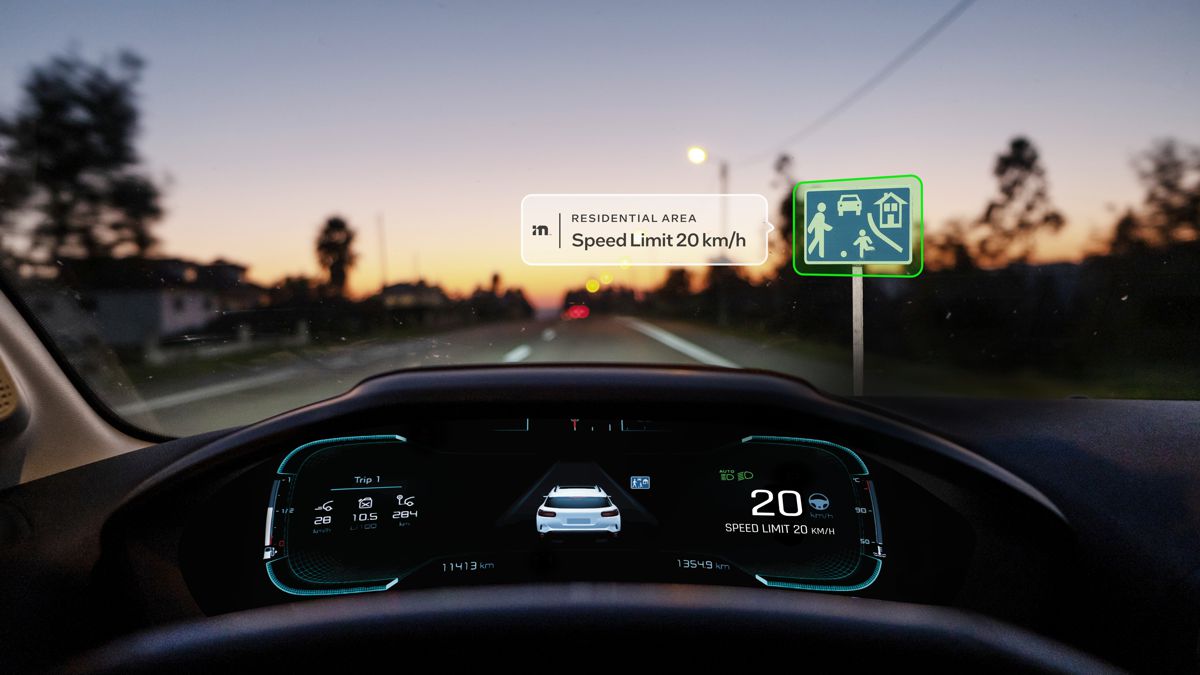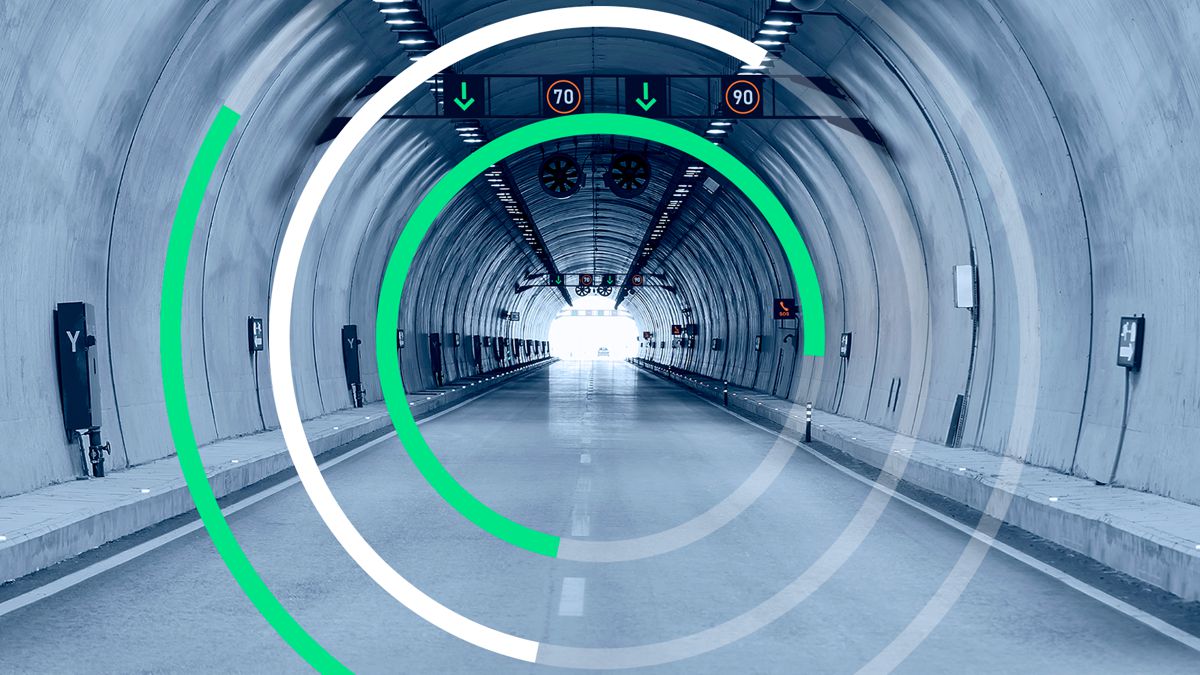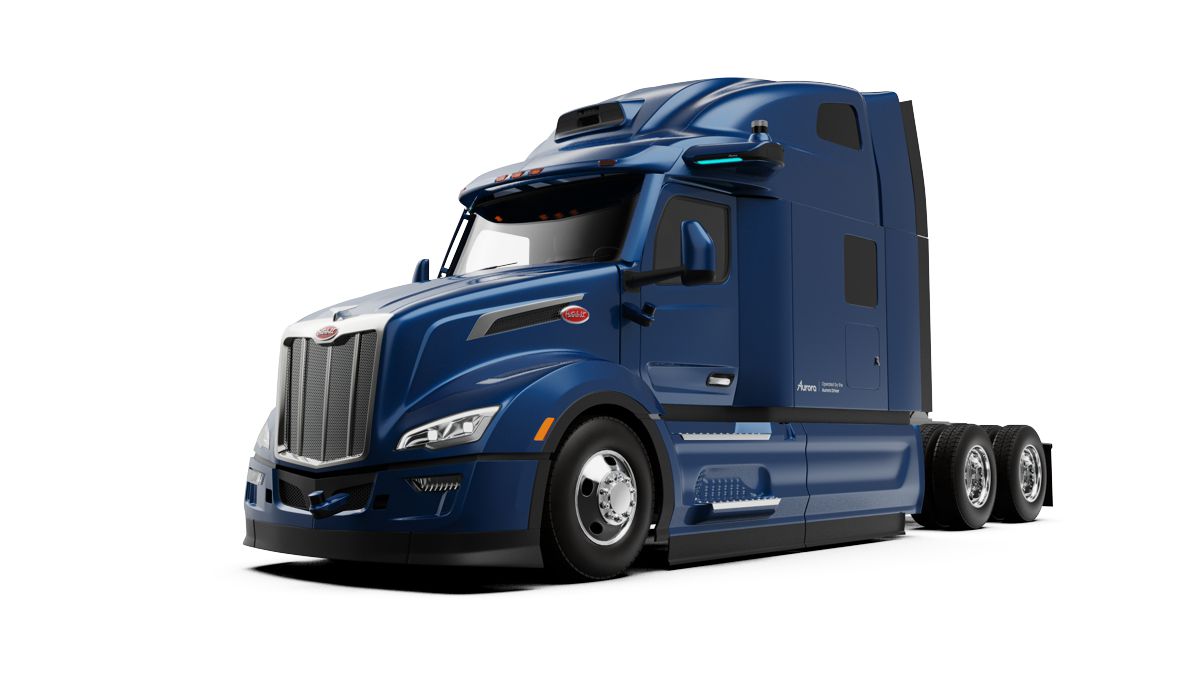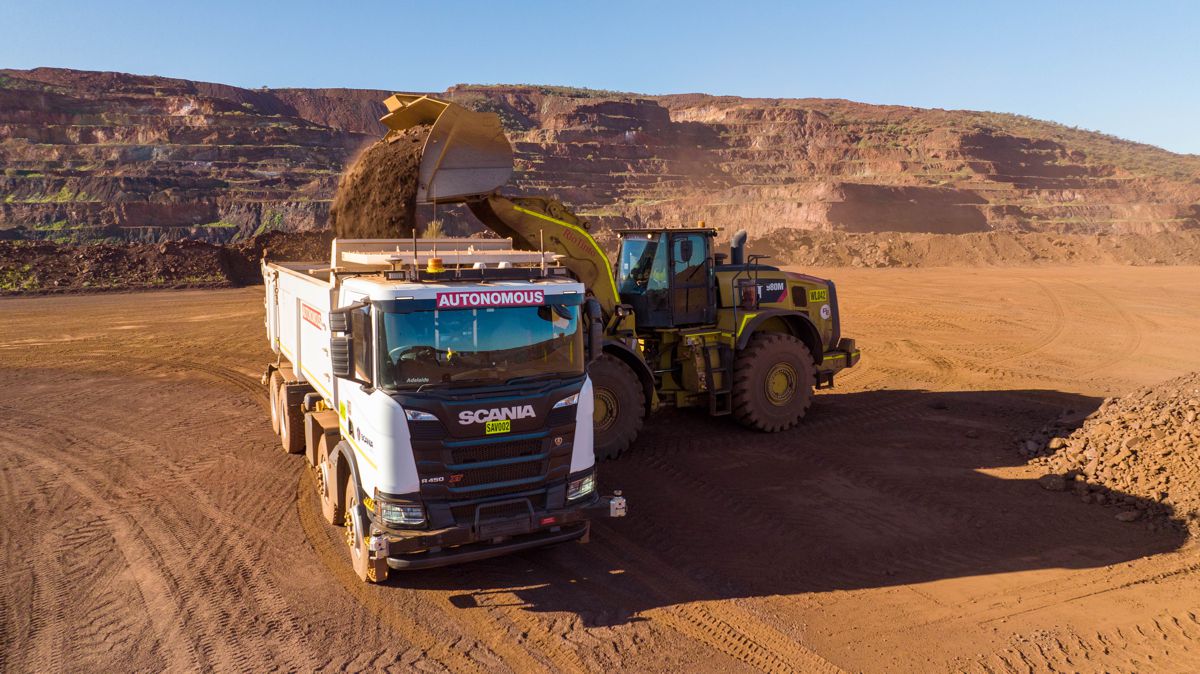Kyocera Camera-LiDAR Fusion Sensor set to drive ADAS forward
Advanced Driver-Assistance Systems (ADAS) are making travel safer and easier for millions of car owners worldwide. Kyocera Corporation today announced a portfolio of innovations in development that promise to raise ADAS technology to new levels in the long-term quest toward fully autonomous vehicles.
Kyocera’s new patented technologies include the world’s first Camera-LiDAR Fusion Sensor with MEMS mirror; Multifunctional Millimetre-Wave Radar Module with “beam-forming” adaptive-array antenna
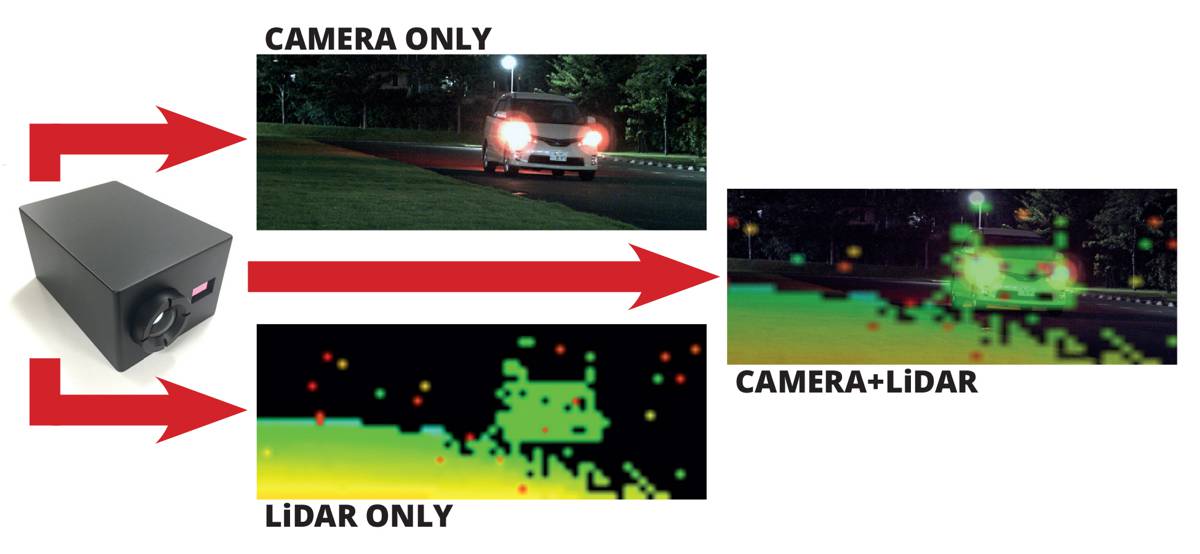
Background
The central ADAS challenge lies in replicating a human driver’s ability to interpret visual data. The human eye is a miracle of bioengineering — and our brain not only combines the two different signals from our left and right eyes, but also interprets the result faster and more accurately than all but the most powerful computers.
ADAS engineers strive to replicate this through digital sensing and processing. A dilemma quickly arises, however, as obtaining better data generally requires more and more sensors — until the vehicle’s microprocessors simply cannot integrate all the data in real time.
Kyocera is developing new solutions that apply convergence, miniaturization, and solid-state conversion for multifunctional sensors that can simplify ADAS design and help contain processing requirements. The company’s latest ADAS innovations represent an integration of technologies in advanced materials, components, devices and communications infrastructure.
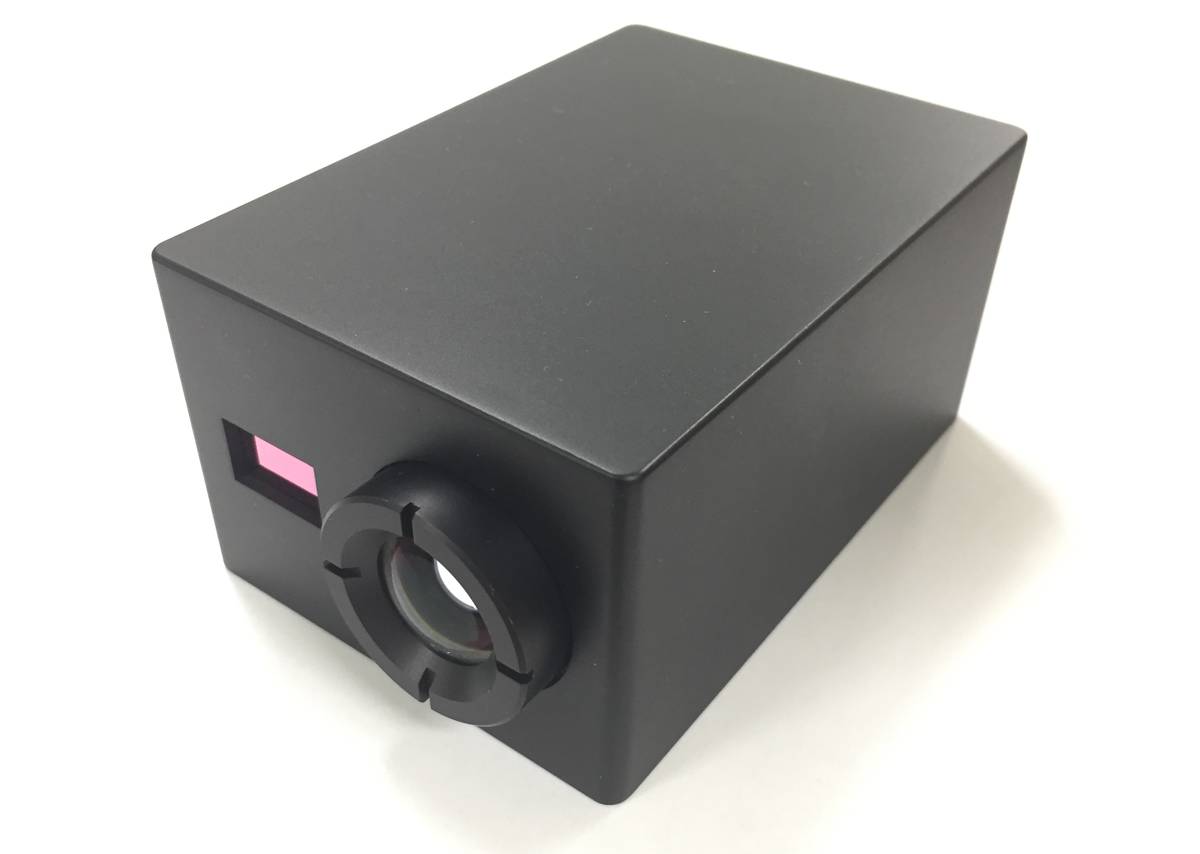
Cameras and LiDAR
Because cameras and LiDAR each offer unique benefits, they are often employed in combination. Cameras are ideal for detecting the colour and shape of an object; LiDAR excels in measuring distance and creating highly accurate 3-dimensional images.
However, digital imaging from two units that don’t share the same optical axis exhibits a deviation error known as parallax. A computer can theoretically integrate two data channels to correct parallax error, but the resulting time lag creates an obstacle to any application requiring highly accurate, real-time information, such as driving.
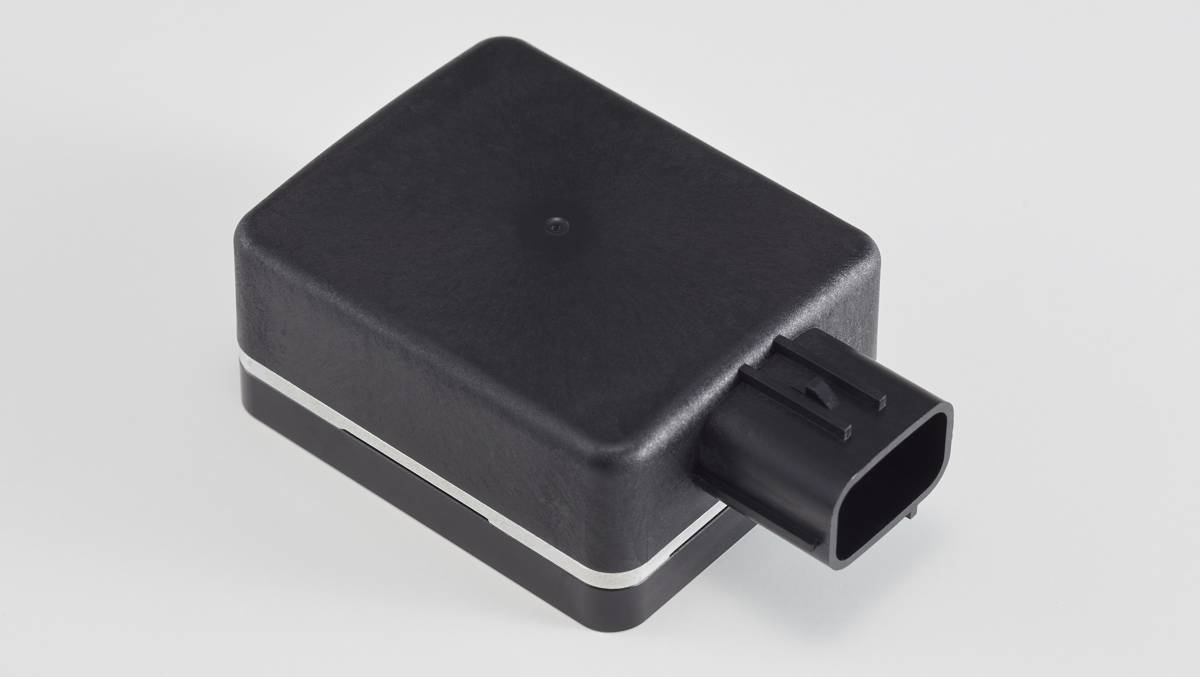
World’s First Camera-LiDAR Fusion Sensor Features Kyocera’s Proprietary Technology
Features
1. Camera and LiDAR: Two devices in one unit
Kyocera’s patented Camera-LiDAR Fusion Sensor combines a camera with LiDAR to provide highly accurate images in real time.
Because both devices use the same lens, the camera and LiDAR signals have identical optical axes, resulting in high-resolution 3D images with no parallax deviation.
2. Delay-free data: Ideal for automotive use
With a single unit1, the process of integrating camera and LiDAR data is greatly simplified, allowing timely and accurate object detection with no delay to improve driving safety.
3. Durability is maximized by Kyocera’s ceramic technology
While other LiDAR systems have used a motor to rotate a mirror continuously as they scan an image, mechanical assemblies introduce reliability issues amid the shock and vibration of normal driving.
Kyocera has developed a solid-state solution using a micro-electromechanical system (MEMS) mirror that eliminates the conventional rotating assembly, based on advanced ceramic technology Kyocera developed as the world leader in ceramic semiconductor packaging.
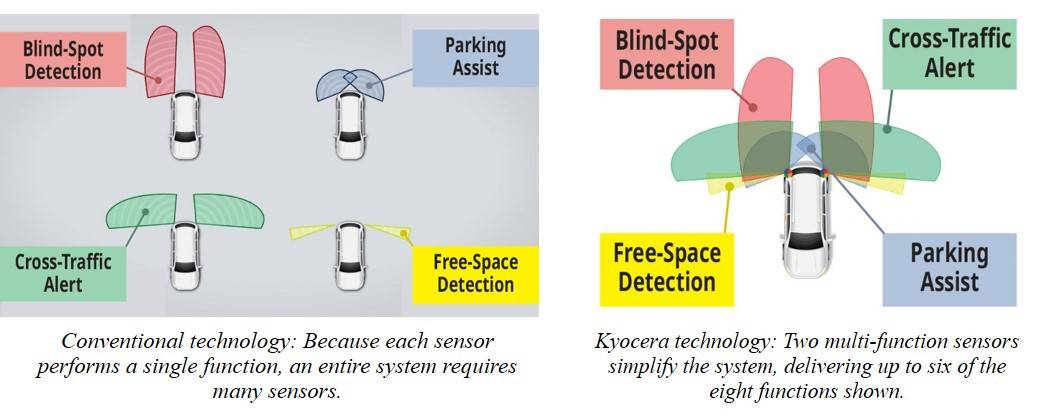
Development status
Kyocera’s Camera-LiDAR Fusion Sensor is currently under development and targeted for release by March 2025. It is expected to be used both in vehicles and in various other fields, such as construction, robotics, industrial equipment, and security systems that can recognize people and objects.





